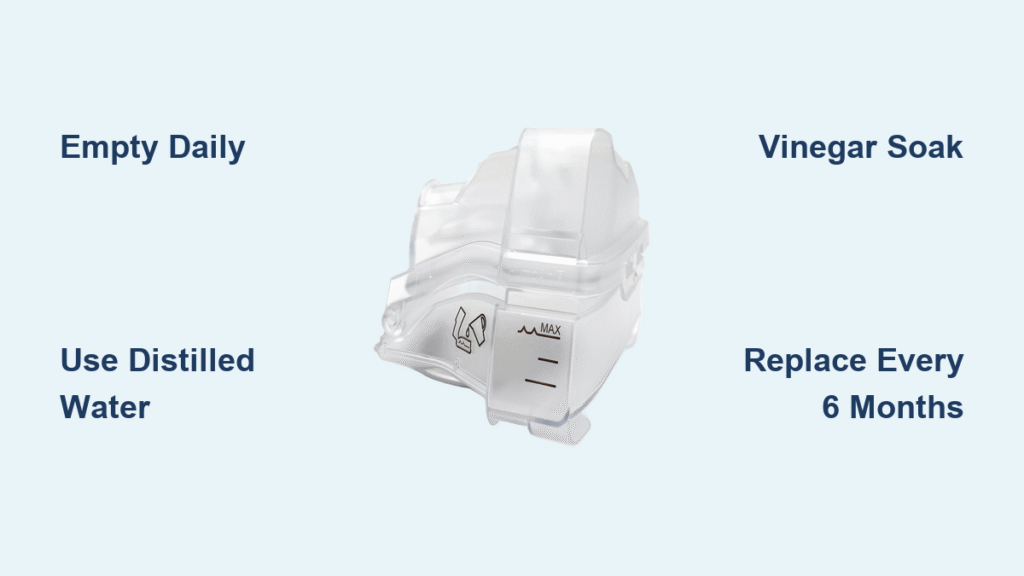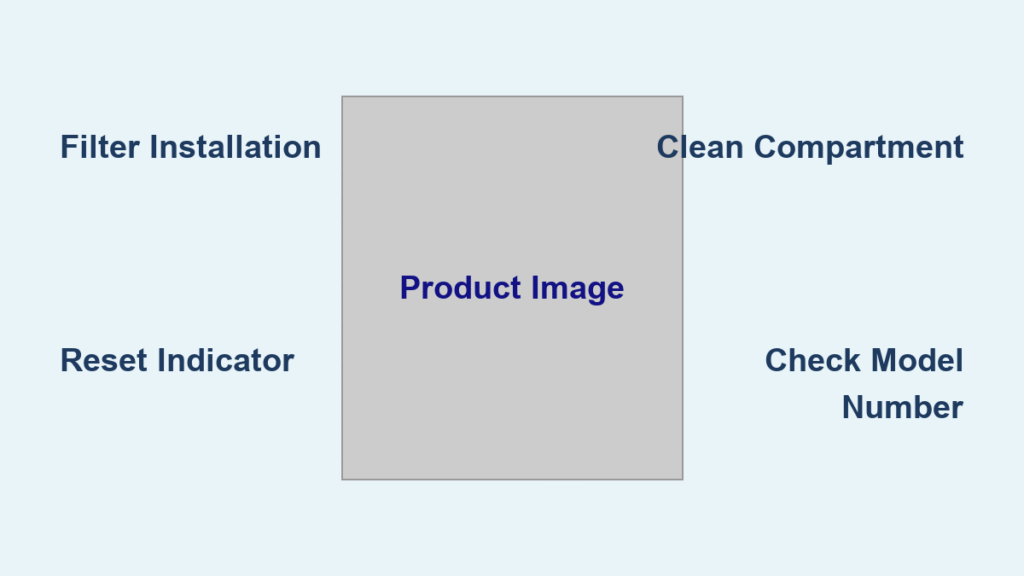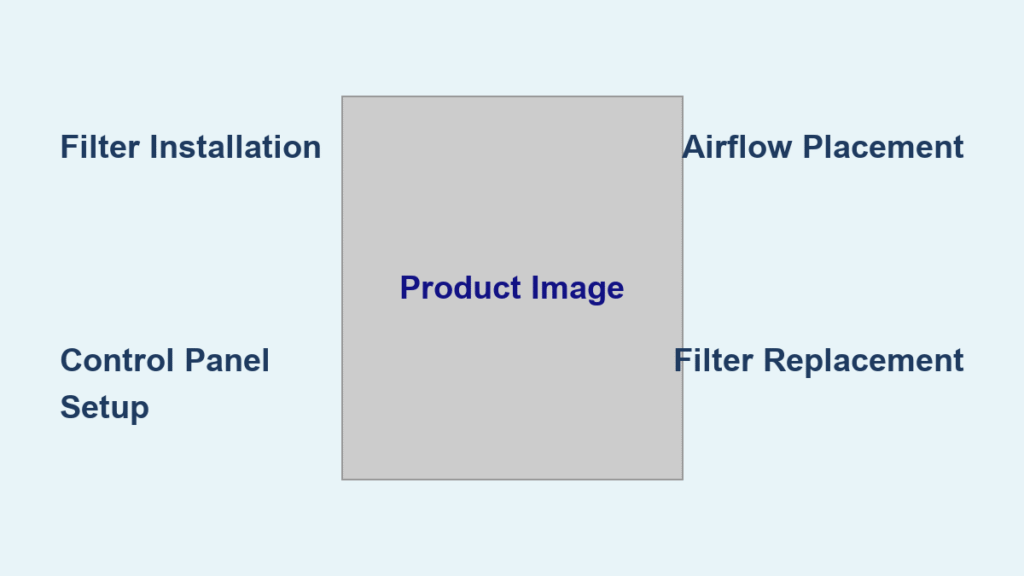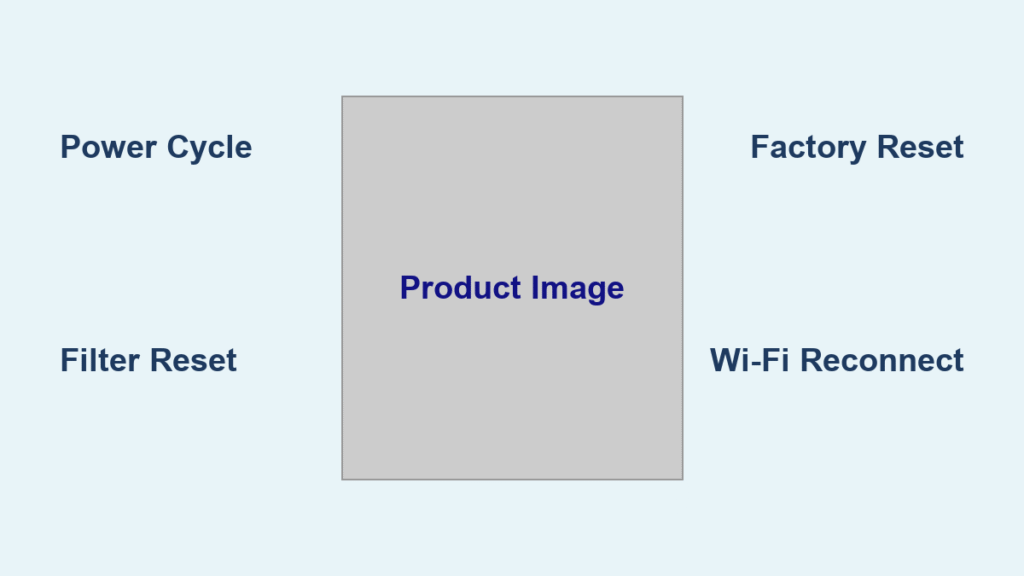Waking up with a stuffy nose or noticing white crusty buildup in your CPAP water chamber? These warning signs mean your humidifier needs immediate attention. Proper CPAP humidifier chamber cleaning prevents dangerous bacterial growth, eliminates mineral deposits, and ensures your sleep apnea therapy remains effective night after night.
This guide walks you through proven cleaning methods that take just minutes daily and eliminate 99% of common chamber problems. You’ll learn exactly what products to use, which cleaning mistakes to avoid, and when replacement becomes necessary—all based on manufacturer specifications and clinical best practices for maintaining your CPAP equipment.
Daily CPAP Chamber Cleaning Routine
Empty and Wipe Clean Every Morning
Start each day by completely powering down your CPAP machine and unplugging it from the power source. Remove the humidifier tub and pour out all remaining water—never let old water sit overnight as it becomes a breeding ground for bacteria. Use a clean disposable cloth to wipe every surface thoroughly, including corners where bacteria love to hide. Place the chamber on a flat towel away from direct sunlight to air dry completely before refilling.
Proper Refill Protocol with Distilled Water
Fill only with room-temperature distilled water, stopping precisely at the maximum water level mark. Hot water damages the plastic chamber over time, while tap water leaves mineral deposits that cloud the chamber permanently. Never add scented oils, aromatherapy products, or any additives—these damage both the chamber and your lungs. Always use fresh water daily; never reuse yesterday’s water as it loses humidity effectiveness and increases bacterial risk.
Weekly Deep Cleaning Methods
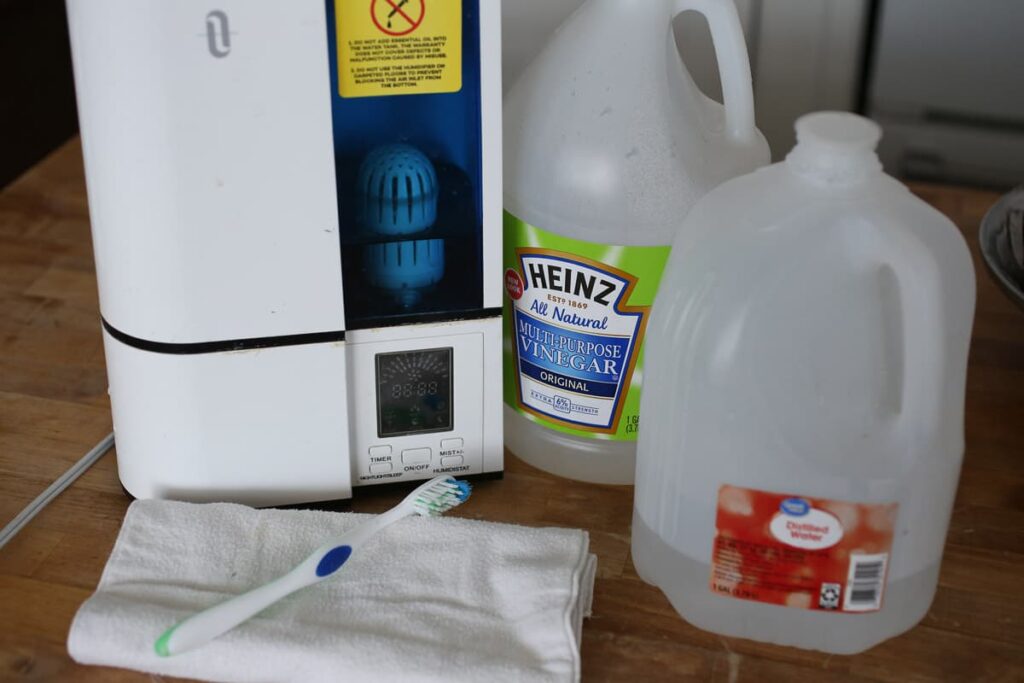
Mild Detergent Soak Procedure
Create a solution of warm water (86°F/30°C) and mild dishwashing liquid in your sink—just a few drops are sufficient. Submerge the chamber completely for 15 minutes, ensuring the solution reaches every surface. Rinse thoroughly with warm drinking-quality water until all soap residue disappears. Place on a clean towel to air dry completely, avoiding direct sunlight which can damage the plastic over time. This simple process removes 95% of daily buildup when performed consistently.
Vinegar Solution Treatment for Mineral Deposits
For stubborn mineral buildup, mix 1 part white vinegar with 9 parts room-temperature water. Soak the chamber for 15-20 minutes, then rinse thoroughly with warm water. For enhanced sanitization against bacteria, use a stronger ratio of 1 part vinegar to 2 parts water, but never exceed 20 minutes of soaking time. For the final rinse, use distilled water to prevent new mineral deposits. This natural solution dissolves mineral deposits without harsh chemicals while maintaining chamber integrity.
Prohibited Cleaning Products and Methods

Harmful Cleaning Agents to Avoid
Never use these dangerous products on your CPAP chamber:
– Alcohol or bleach – damages plastic and leaves toxic residue that enters your airway
– Chlorine cleaners – causes permanent clouding and material degradation
– Antibacterial soaps – creates breathing irritation from chemical residue
– Moisturizing soaps – leaves film that actually harbors more bacteria
– Scented products – triggers respiratory reactions and damages chamber material
Dangerous Cleaning Methods That Damage Equipment
Never put your chamber in the dishwasher unless specifically approved by your manufacturer—most standard dishwashers use temperatures that warp CPAP chamber plastic. Avoid washing machines, dryers, or ironing completely—these appliances will permanently damage your equipment. Ozone cleaning devices carry FDA warnings for respiratory risks and should never be used with CPAP equipment. Remember, submerging your entire CPAP machine in water causes immediate electrical damage—only the removable chamber should be cleaned this way.
Water Quality Requirements for CPAP Therapy
Why Distilled Water Is Non-Negotiable
Only distilled water prevents mineral buildup and bacterial growth in your CPAP humidifier chamber. Using distilled water extends chamber lifespan by 50% and maintains your device warranty—most manufacturers void warranties when tap water causes damage. While bottled water works as an emergency substitute during travel, return to distilled water immediately when possible. Always store distilled water in a clean, sealed container to prevent contamination.
Tap Water Dangers You Must Avoid
Tap water contains minerals that create white crusty deposits inside your chamber within weeks of use. These deposits provide perfect breeding grounds for bacteria and permanently cloud the plastic, making it impossible to see water levels. Over time, mineral buildup restricts airflow and reduces therapy effectiveness by up to 30%. The FDA warns that using tap water increases risk of respiratory infections from contaminated humidification.
Replacement Schedule and Critical Warning Signs

When to Replace Your Chamber Immediately
Replace your humidifier chamber every 6 months according to manufacturer guidelines, but immediate replacement becomes necessary when you notice:
– Cloudy appearance that won’t clear with vinegar treatment
– Cracks or visible damage anywhere on the chamber
– Persistent odors after thorough cleaning with vinegar solution
– Mineral deposits that resist even strong vinegar treatments
Insurance Coverage for Replacement Chambers
Most insurance plans cover chamber replacements with a valid CPAP prescription every 6 months. Contact your home medical equipment provider to verify coverage details and establish a regular replacement schedule. Many suppliers offer automatic shipment programs so you never run out of replacement parts. Keeping your chamber within warranty period ensures full coverage for unexpected damage.
Troubleshooting Common CPAP Chamber Problems
Remove Stubborn Mineral Buildup Safely
For persistent white deposits, use a stronger vinegar solution (1 part vinegar to 2 parts water). Soak for 30 minutes maximum, then rinse thoroughly with distilled water. Never use abrasive scrubbers or steel wool—they scratch the plastic and create bacteria breeding grounds that worsen the problem. If mineral buildup returns within days of cleaning, check your water source immediately.
Eliminate Mold Growth Before It Spreads
If you discover mold or bacterial growth, increase cleaning frequency to daily immediately. Use the stronger vinegar solution weekly until growth stops. Persistent mold indicates chamber replacement is necessary, especially if you’ve been using tap water. Review your entire cleaning process—mold often appears when chambers aren’t completely dry before storage or when water sits too long between uses.
Restore Cloudy Chambers or Replace?
Attempt vinegar soaking first for cloudy chambers, but understand that severe cloudiness usually indicates permanent mineral etching. Once plastic becomes etched, replacement provides the only solution for clear viewing and proper function. Never attempt to “polish” a cloudy chamber—this damages the surface further and creates more bacteria traps.
Safety Checks Before Every CPAP Session
Daily Inspection Protocol
Before each use, verify the chamber is completely dry and free of cracks. Check that water level stays below the maximum mark—overfilling causes leaks that damage your machine. Confirm you’re using fresh distilled water—not yesterday’s leftover water which has lost humidity effectiveness. Run your fingers along all seams to detect hairline cracks invisible to the eye.
During Therapy Monitoring
Monitor for leaks around the chamber seal during your first 15 minutes of use. Check water levels periodically to ensure proper humidification—low water causes dryness while overfilling creates condensation in tubing. Never add hot water or any additives during therapy sessions. Replace water daily to prevent bacterial growth that leads to respiratory infections.
Professional Maintenance Schedule for Longevity
Annual Deep Cleaning Service
Schedule yearly professional service for internal device cleaning, new filters, and diagnostic checks. This addresses mold and bacteria buildup inside the actual CPAP machine—not just the chamber. Technicians perform ultrasonic cleaning on internal components you can’t access, extending your machine’s lifespan by years. Most insurance plans cover annual professional maintenance.
Monthly Assessment Routine
Review your chamber’s condition monthly, checking for wear patterns or cleaning effectiveness. Order replacement chambers 2 weeks before you need them to avoid therapy interruptions. Keep a spare chamber on hand for emergencies—you’ll never skip cleaning when you have an immediate replacement available.
Quick Reference Cleaning Schedule
Daily (2 minutes): Empty, wipe with clean cloth, refill with distilled water
Weekly (15 minutes): Deep clean with detergent or vinegar solution
Monthly (5 minutes): Assess chamber condition and order replacements
Every 6 months: Replace chamber per manufacturer guidelines
Key Takeaway: Your CPAP humidifier chamber directly impacts your breathing health. Five minutes of daily maintenance prevents 90% of common problems and extends chamber life significantly. When cloudiness, cracks, or persistent odors appear, replacement becomes essential for safe, effective therapy.
Next Steps: Order a spare chamber now to avoid emergency situations, and set phone reminders for weekly deep cleaning. Your lungs will thank you every morning.

